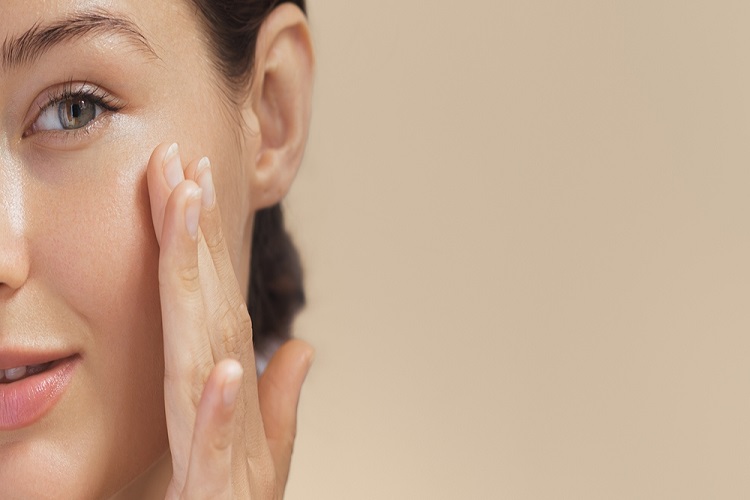There are two types of CRT devices which are used according to the condition of the heart. These are Cardiac Resynchronization Therapy Pacemaker or CRT P and Cardiac Resynchronization Defibrillator or CRT D. There are some differences between the two devices which have been detailed here:
Function
CRT P improves the contraction of the heart for more efficiency and makes the heart beat in a more regular rhythm. CRT D, on the other, hand is used to control irregular and fast heartbeats by pacing or shocking the heart into normal rhythm. It restores normal contraction of the heart to eliminate life threatening conditions for the patient.
CRT P is used to run the heart at all times irrespective of the heart rate. CRT D helps the heart beat in a regular rhythm.
Both the devices are connected to the heart using insulated wires.
CRT P treats heart failure by coordinating the contraction of the left ventricle and enhancing the ability of the heart to pump blood in the body. CRT D, on the other hand, is a special device given to patients who are in danger of succumbing to sudden cardiac arrest. This device can arrest fast heart rhythms also known as arrhythmias by delivering a shock to the heart and prevent sudden cardiac arrest. The dangerous rhythms can lead to death in the absence of such device.
Implantation
There is no difference in the method of implanting the devices in the body. Both CRT P and CRT D are implanted under the skin of the chest and connected to the heart with three leads which are inserted through the veins.
The crt d implantation cost in India is same as that for CRT D although the price of the devices themselves may vary.
Conditions meriting CRT
- Class III or IV category heart failure.
- Ventricular dysynchrony which implies that the lower chambers of the heart are not contracting in a coordinated manner.
- Heart has a low ejection fraction.
- The symptoms are not disappearing even though the patient is taking the maximum amount of medication prescribed by the doctor.
- The QRS duration on the electrocardiograph is greater than or equal to 130ms.
Risks associated with CRT
CRT implantation procedure can lead to infection, damage to blood vessel or heart, drug reaction during surgery and blood loss. Some major complications that have been encountered during the procedure are dangerous arrhythmias, lung puncture, stroke and even death.
Following the implantation procedure, the patient may feel tired and uncomfortable in the area where the device is implanted. However, there are some serious complications as well which one should be aware of:
- The leads may shift out of their positions in the heart
- Device may shift from its position
- The electrodes or pulses may have a damaging effect on the surrounding tissues
- Skin erosion near the device may occur
Financial burden
CRT P and crt d cost in India can go up to more than 2 lakhs, but many hospitals try to make the treatment as affordable as possible.










Comments